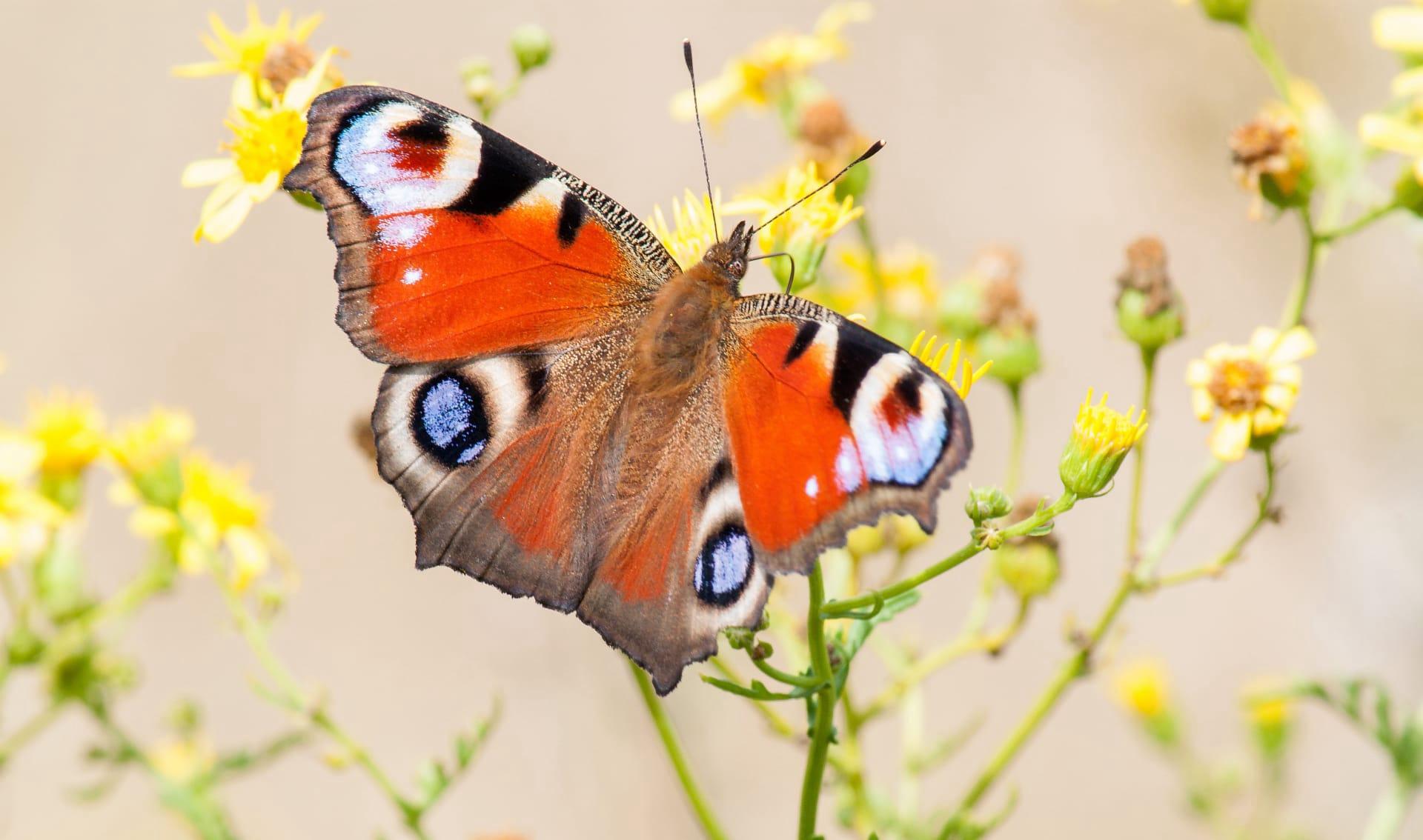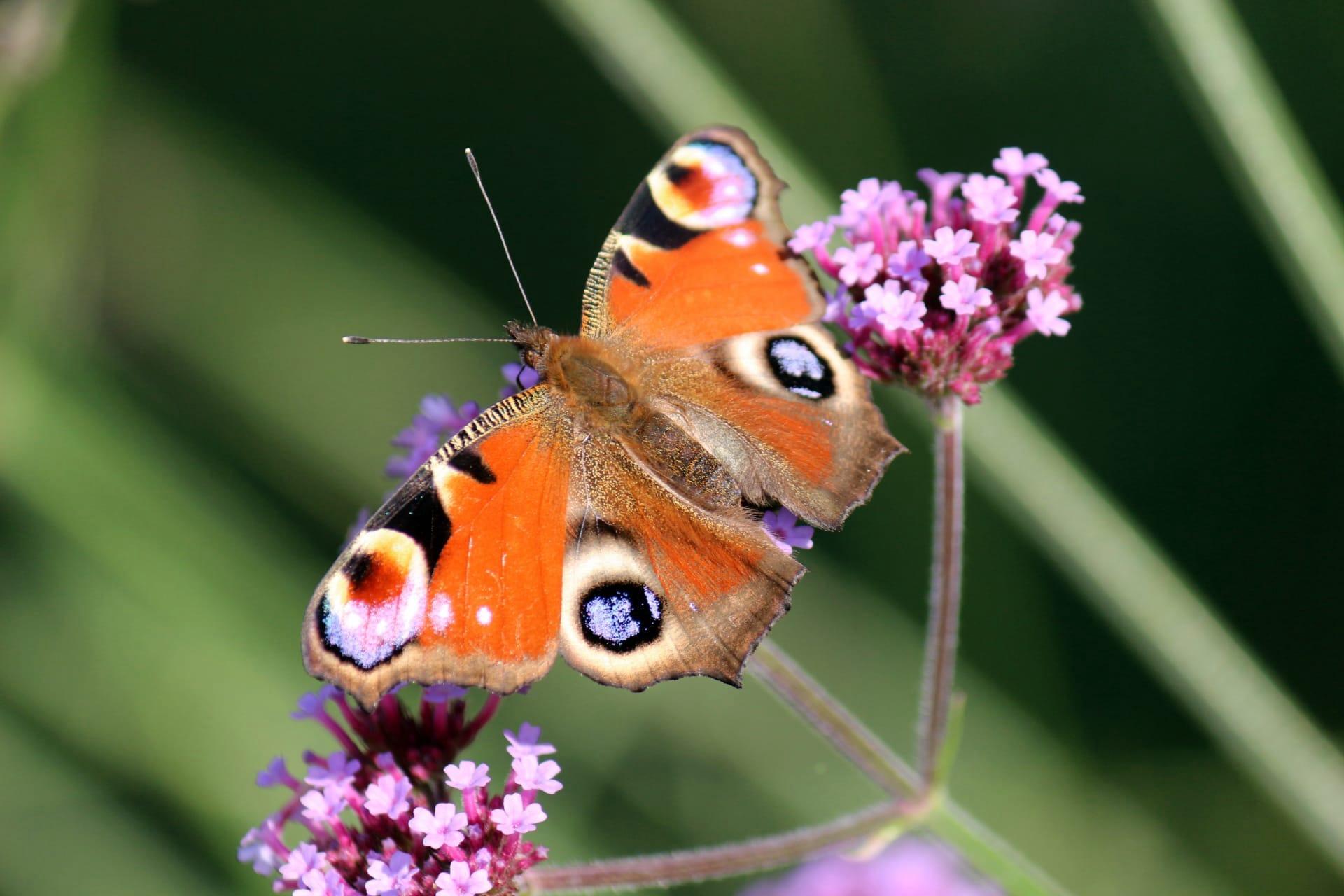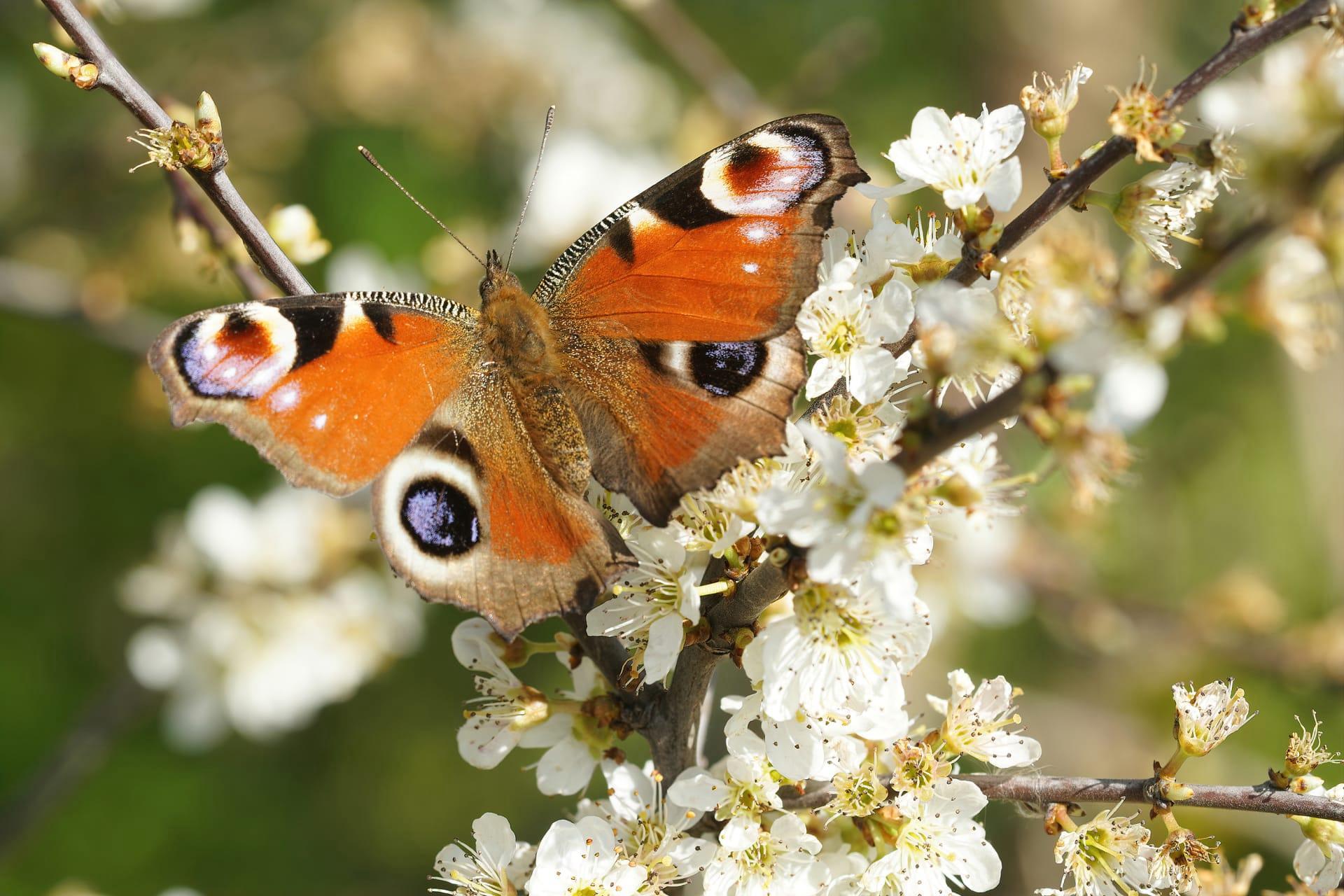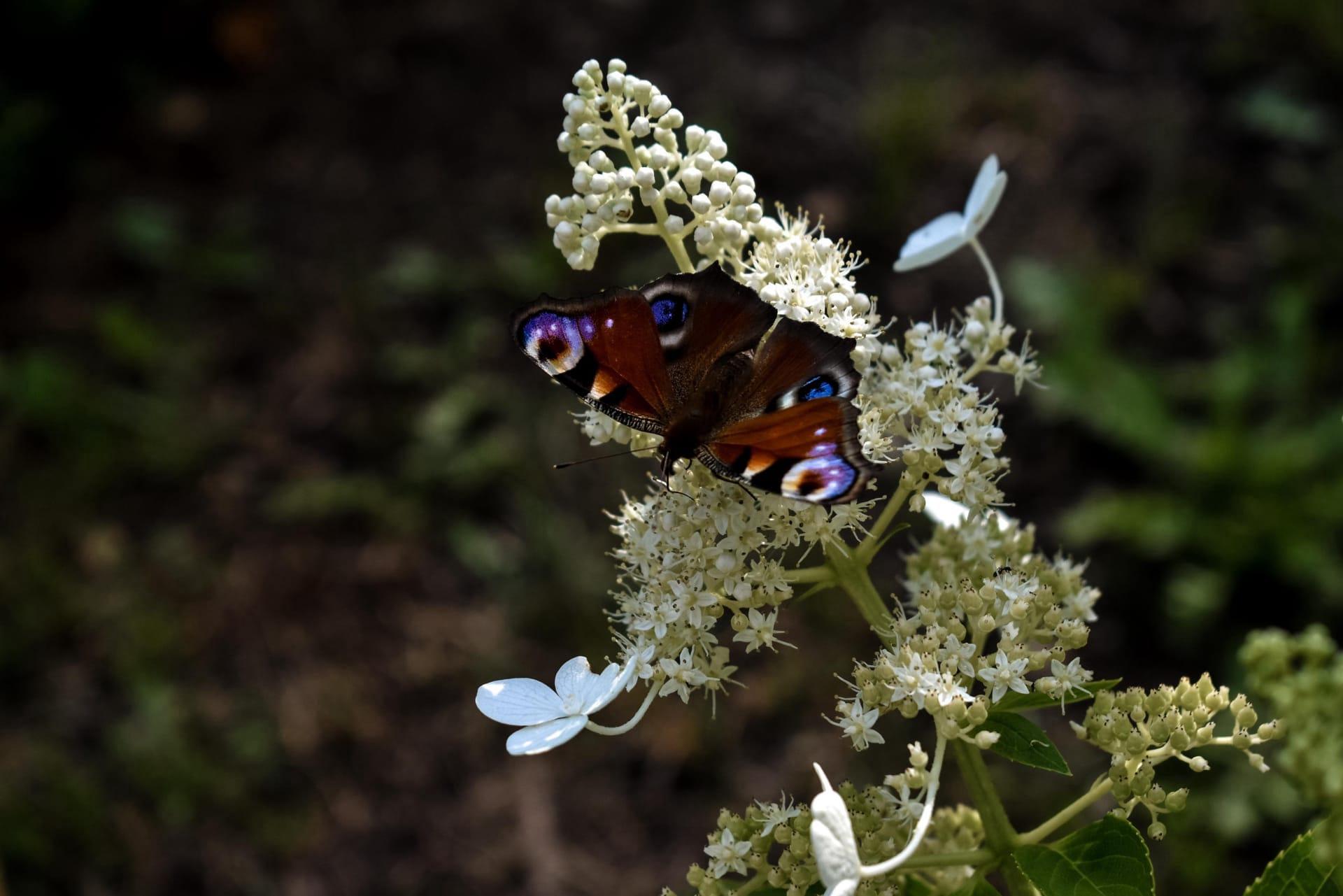Peacock Butterfly
- Home /
- Mini Encyclopedia /
- Animal /
- Peacock Butterfly
1
The Peacock Butterfly, scientifically known as Aglais io, belongs to the Nymphalidae family, which is known for its diverse and vibrant species. This butterfly is a part of the genus Aglais, characterized by their colorful and patterned wings. The Peacock Butterfly, in particular, is renowned for its eye-catching eye spots on its wings, resembling those of a peacock's tail.
The Peacock Butterfly is predominantly found in temperate regions of Europe and Asia. Its habitat ranges from Ireland in the West to Japan in the East, and from Scandinavia down to parts of North Africa. This wide distribution is a testament to the butterfly's adaptability to various environments. Notably, these butterflies are commonly found in meadows, gardens, and woodlands, where the presence of nettles, their primary food source during the larval stage, is abundant.

2
Question: Is it true that Peacock Butterflies are poisonous to predators?
Answer: This is a common misconception. Peacock Butterflies are not poisonous, but they employ a clever defense mechanism. When threatened, they reveal their wings, displaying large, eye-like spots. These spots mimic the eyes of predators, deterring potential threats. This tactic, combined with their ability to make a hissing sound by rubbing their wings, helps in warding off predators like birds and lizards.

3
The Peacock Butterfly has evolved several survival strategies to thrive in its environment. One significant strategy is its hibernation process. Adults hibernate over winter, usually in hollow trees or other sheltered spots, which helps them to survive in harsh conditions. They re-emerge in spring to mate, ensuring their species' continuation.
Another survival strategy is their selective feeding habits during the larval stage. Caterpillars feed exclusively on nettles, which are often avoided by many animals due to their stinging hairs. This selective diet reduces competition for food and provides a certain level of protection from predators.

4
In the ecosystem, Peacock Butterflies play a vital role in pollination. As they move from flower to flower feeding on nectar, they transfer pollen, aiding in plant reproduction. This process is crucial for maintaining healthy and diverse plant populations, which in turn support a wide range of other wildlife.
Additionally, Peacock Butterflies serve as an indicator species. Changes in their population can signal alterations in the ecosystem, such as climate change effects or habitat loss. Conservationists often monitor their numbers to assess the health of the environment and implement measures to protect and preserve natural habitats.

5
Film: A notable documentary on the Peacock Butterfly is "Wings of Change," produced in the UK in 2018. This film explores the lifecycle of the butterfly, emphasizing its adaptation and survival strategies in the face of changing climates and habitats.
Book: "Butterflies of Europe" by Tristan Lafranchis, published in France in 2004, provides an extensive insight into various European butterflies, including the Peacock Butterfly. It details their habitats, behaviors, and conservation statuses, offering a comprehensive overview for enthusiasts and researchers.
Book: "The Butterfly Isles" by Patrick Barkham, published in the UK in 2010, narrates the author's journey across Britain in search of all native butterfly species. The book includes captivating accounts of encountering the Peacock Butterfly, discussing its beauty and the challenges it faces in the modern world.